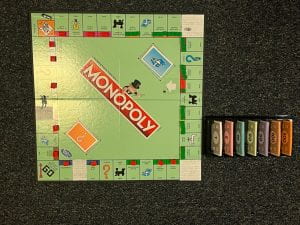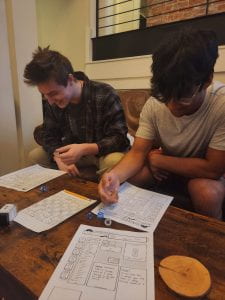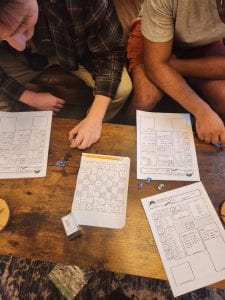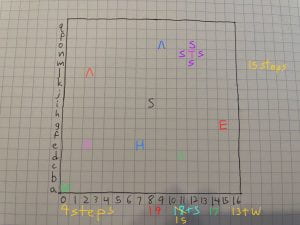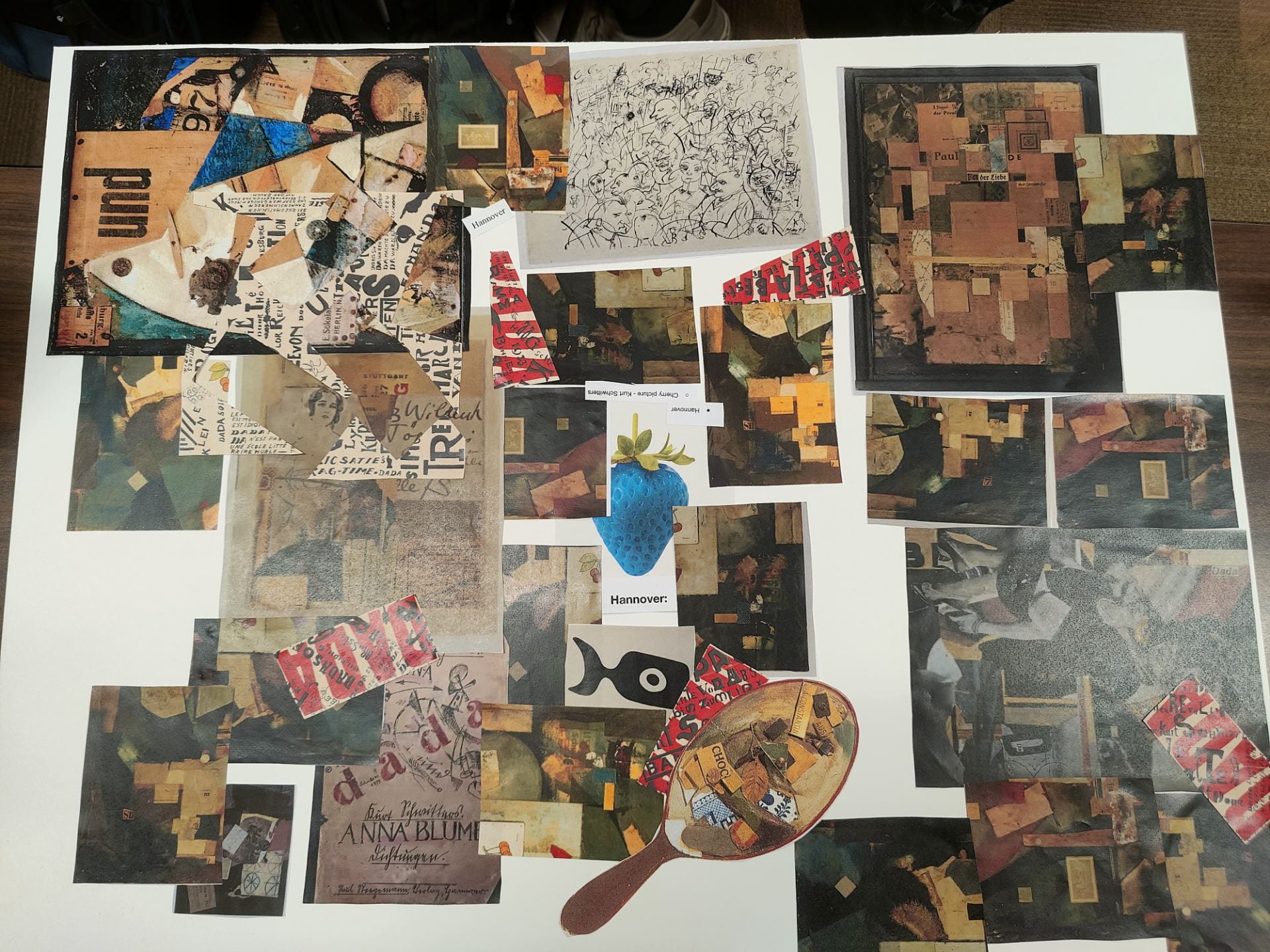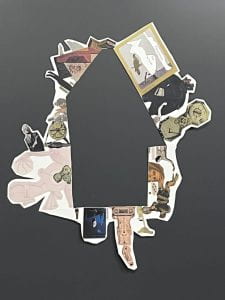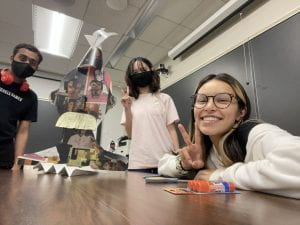What you need: at least 2 players, a deck of poker or more.
Inspirations: The basic rule of RPS and Chinese card game
Rules:
Two or more players, holding evenly divided cards, keep their hands face down and take turns playing cards in clockwise or counterclockwise order, with each player playing only the top card of his or her hand.
Each player may only play the top card of his or her hand. The cards are stacked up in the order in which they are played, as long as the numbers on the face of the cards are visible.
The player who finds that he or she has played any card with the same number as any of the cards stacked up on top of it will win all the cards starting with the one with the same number as the card he or she played up to the middle of his or her own hand, and then place the winning card at the bottom of the pile in his or her own hand, and that player then proceeds to take a card from the top of the pile and play the card.
The game continues until one player has won all the cards in the other player’s hand, and the game ends with the player with all the cards in their hand winning.
Rock, Paper, Scissor
- After a player place a card have numbers that matches the number of the card on table, another player can challenge him by RPS, if he lost he has to take back the card and place it under his own deck
- before placing the card, one player can can challenge another player first using RPS, if he/she wins, the player will not be able to be challenge by another player at his turn.)
Example:
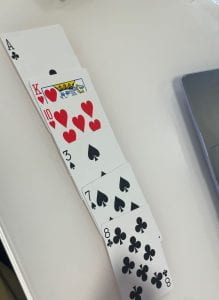 ,if the next player place a card that is either A,K,10,3,7,8- He can take all the cards in between the 2 matched cards.
,if the next player place a card that is either A,K,10,3,7,8- He can take all the cards in between the 2 matched cards.
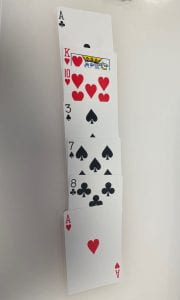 Forexample, this player draws the Ace card from his deck, he wins all the cards between the 2 Aces.
Forexample, this player draws the Ace card from his deck, he wins all the cards between the 2 Aces.
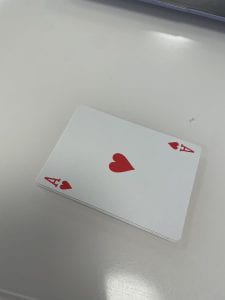 These cards will needs to be shuffled and put it under the winner’s deck
These cards will needs to be shuffled and put it under the winner’s deck
playtest:
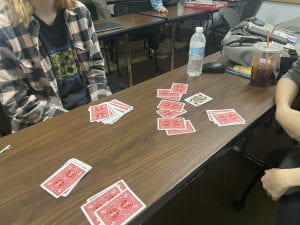

The play test went very well, my game is easy to understand and play.
Artist Statement:
Artistic appropriation is the use of pre-existing objects or images with little or no transformation of them. Appropriation holds an important place in art history. Appropriation, similar to readymade object art, is “an artistic strategy of intentionally borrowing, copying, and altering pre-existing images, objects, and ideas.” Appropriation has also been defined as “the appropriation of a physical object or even an existing artwork into a work of art.”
In my appropriation project, I draw inspiration from the avant-garde movement “DADAism.”” DADAism” emerged in the turbulent early 20th century as a reaction to a chaotic and dystopian world.DADAism’s disregard for traditional norms and challenge to conventional art styles resonates deeply with my creative process. That is, to break some kind of rule or focus on destroying integrity. The notion of “appropriation” is also integrated into the structure of the game. Just as DADA artists often repurpose readymade objects and appropriate cultural symbols, the game itself appropriates and combines the rules of two classic games and works well to produce new game mechanics. Artists such as George Grosz and John Heartfield’s art is extremely caustic and cynical. But while my game also inspired chaos with players fighting each other. However, the game doesn’t deliberately try to provoke players, and players can choose not to disrupt others’ card winning actions. The game’s “rock, paper, scissors” challenges are a subversion of traditional aesthetics, much as DADA artists attempt to subvert social and artistic conventions. Here, players utilize a “game within a game” to achieve control, causing the player who could have won the card to take the risk of winning nothing. Just as DADA artists achieve control over artistic narratives through absurdity and deconstruction.



